
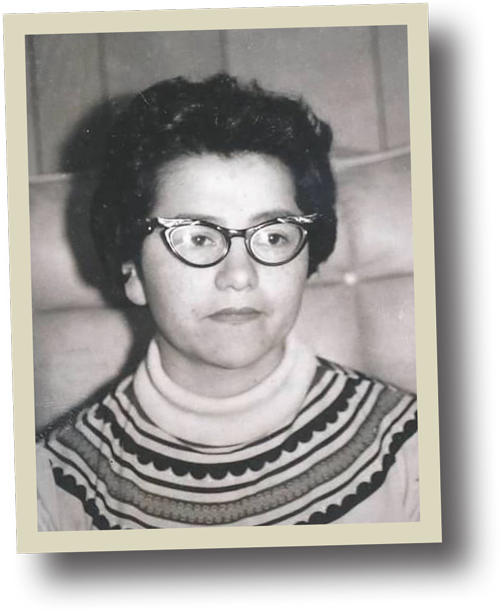
Marlene Johnson, Samuel Hiratsuka, Naruyaq Delaney Thiele
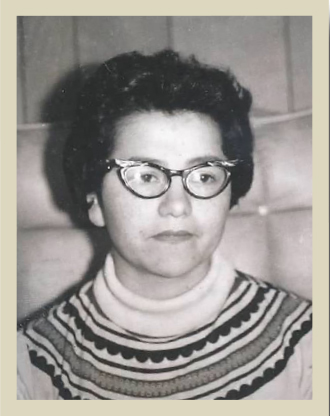
Marlene Johnson, Samuel Hiratsuka, Naruyaq Delaney Thiele






Section and department titles are in Siberian Yupik. Each issue of First Alaskans features a different Native language in this role. Thanks to Yaari Walker (Siberian Yupik) and George Noongwook (Siberian Yupik).


Peter Williams works to restore
Indigenous peoples’ rights
to their relationships with animals
Sitting on the cold metal seat of my skiff, moving with the boat’s body as it pounds and skips over the ocean. The outboard hums. A gray horizon produces the illusion that the sea and sky are separate. Salty wind moves across my face, the blessing from an invisible hand. Zipping past inlets, winding through islands the seascape unfolds in front of me. Nearing floating birds, they take to the air. Pulling away from the bow of my boat showing, the superiority of their wings and muscles compared to the technology I can afford to buy, I get the sense there is something beneath me. Moments later a whale breaks the surface, blasting the remnants of held breath. The voice of my deceased Father tells me to be careful.

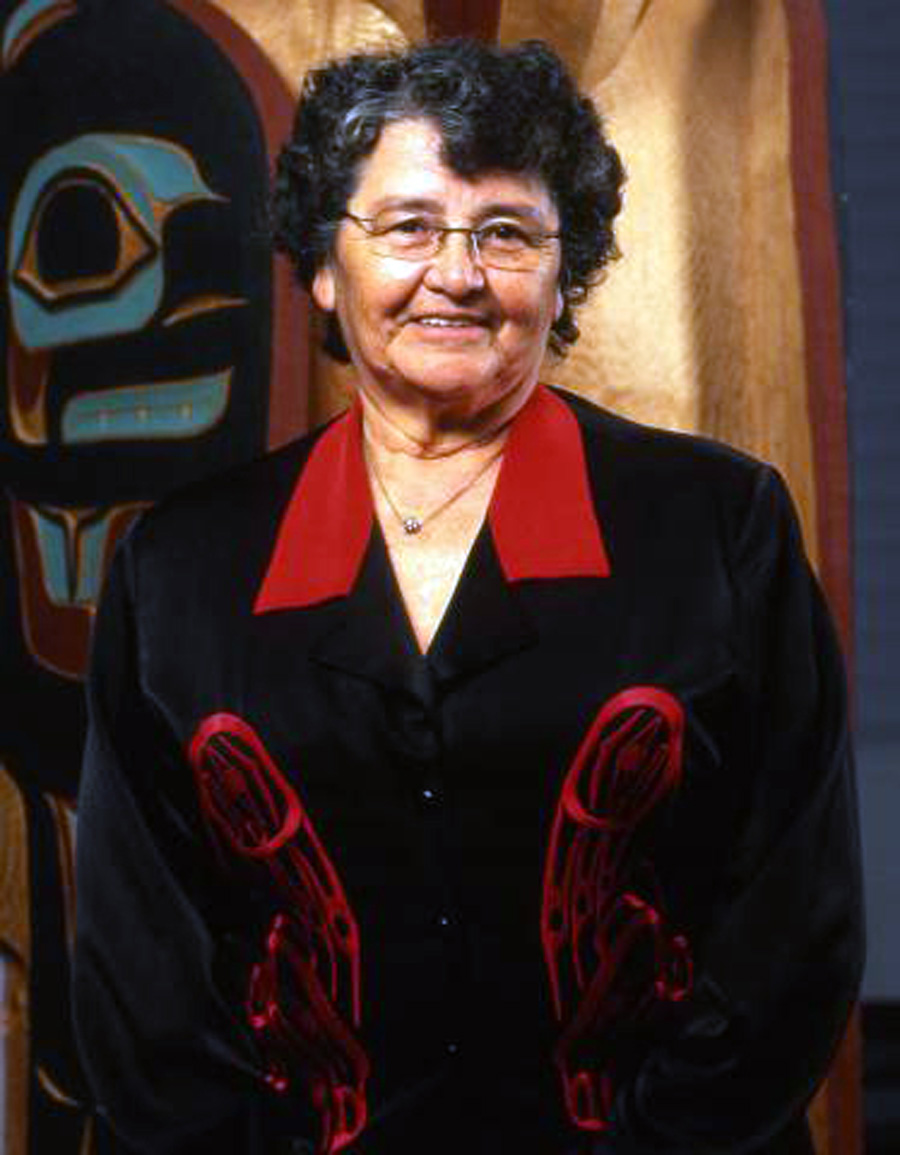
Marlene would become an integral part of the work toward Alaska Native land claims, which ultimately became ANCSA, regional and village corporations, and the landmark system it is fifty years later.


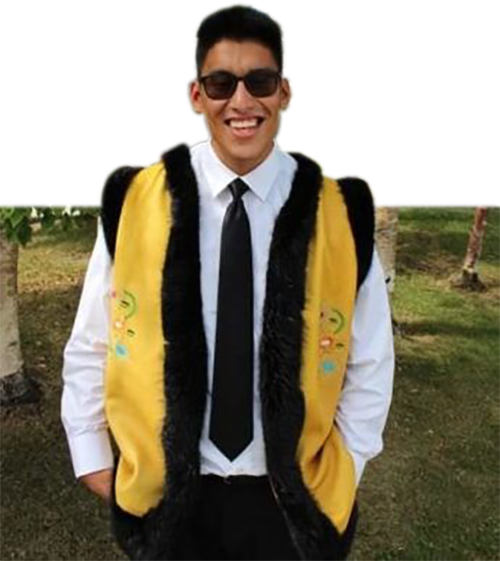
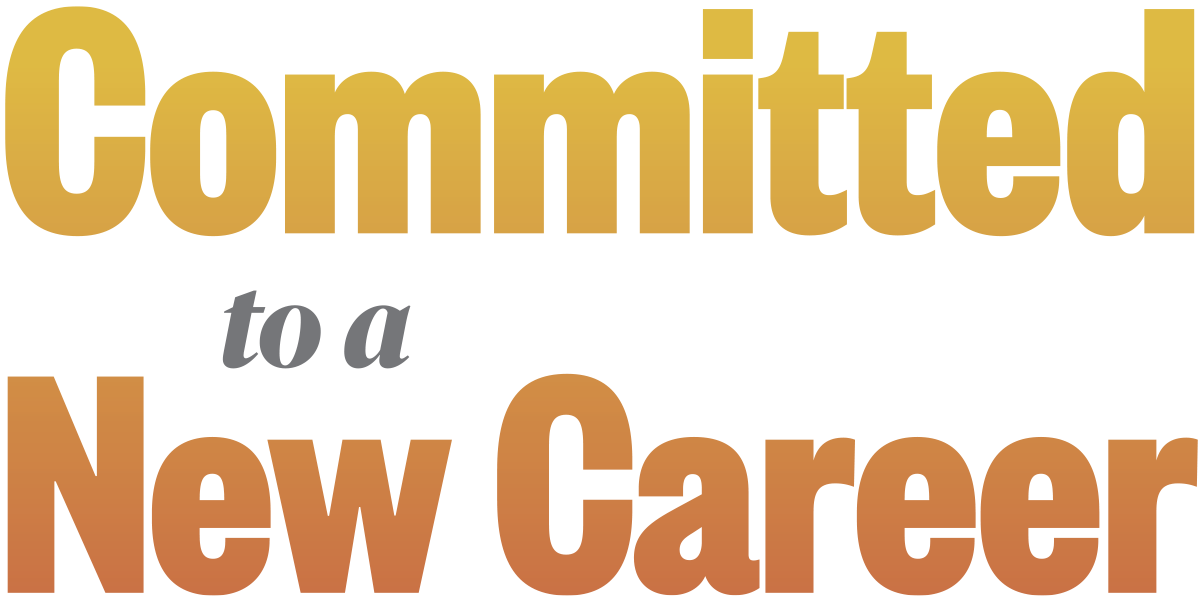
irefighter. Grassroots leader. Teacher of dog husbandry. Youth mentor. At 23, Melvin Captain has had a wider range of work experiences than many adults twice his age. He’s already developed an impressive skillset and a broad range of knowledge.
So how come he couldn’t find a job?
“I applied to 110 jobs,” Melvin shared. “It was really challenging because I couldn’t lift anything over 30 pounds or walk very much. It was very discouraging.”
While recovering from surgery, though, Melvin reached out to CITC. And that’s when everything changed.
 STORIES FROM AROUND
STORIES FROM AROUNDThe Aleutian Pribilof Islands Association (APIA) began the APIA Pen Pals Program in February to encourage Alaska Native youth to learn from Alaska Native Elders.
“We want to see the youth learning from the Elders, and the Elders passing on their knowledge and their favorite things about their culture,” said APIA Youth Services Coordinator Jenna Larson, as reported by KTOO.
Any Alaska Native youth or Elders can participate, and APIA says they are especially in need of more Elders to participate. You can learn more at the APIA website.
The Alaska Army National Guard reports that Sgt. Serita Unin (Cup’ik) is now a fireteam leader with Bison Company, 1st Battalion, 297th Infantry Regiment, Alaska Army National Guard. When Sgt. Unin joined the Guard in 2009, women were not allowed in combat roles. The ban was lifted in 2015, and further requirements changed in 2020. In February, Sgt. Unin took on her new role.
“It is awesome being a part of something historical,” she said, “not just about me, it’s about the whole unit, it’s about all females that want to go infantry, and it’s about the battalion itself.”
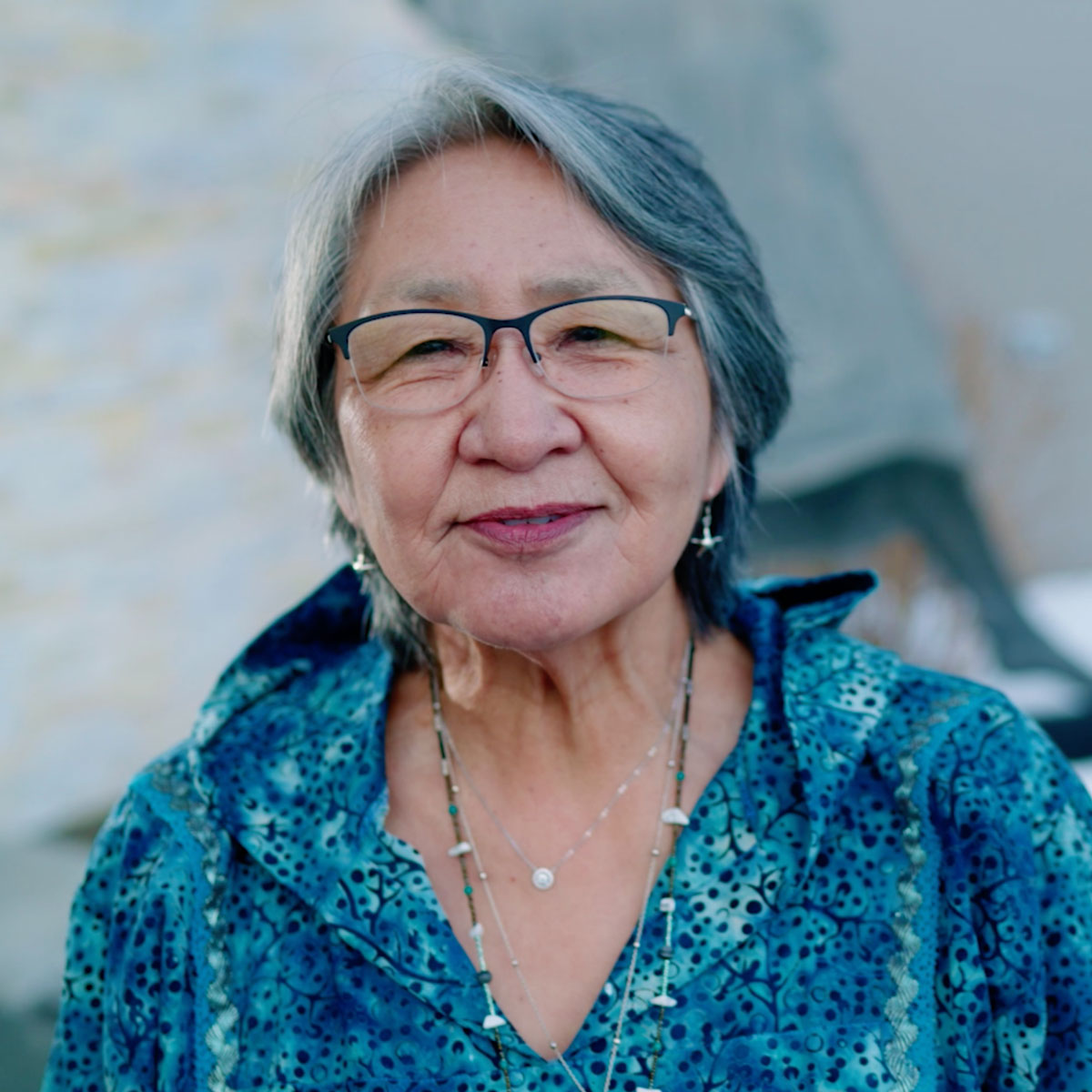
isdom of Elders serves as one of the integral foundational guides for the advancement and prosperity of all Alaska Native cultures.
The arrival of the COVID-19 vaccines coupled with the wisdom of Elders has contributed to a healthy start to a new chapter in the COVID-19 journey.
Southcentral Foundation (SCF) began administering the Pfizer and Moderna vaccines to both frontline health care personnel and Elders in December. As SCF received additional vaccine, all employees and enrolled beneficiaries ages 16 and older have been provided the opportunity to receive a COVID-19 vaccine.


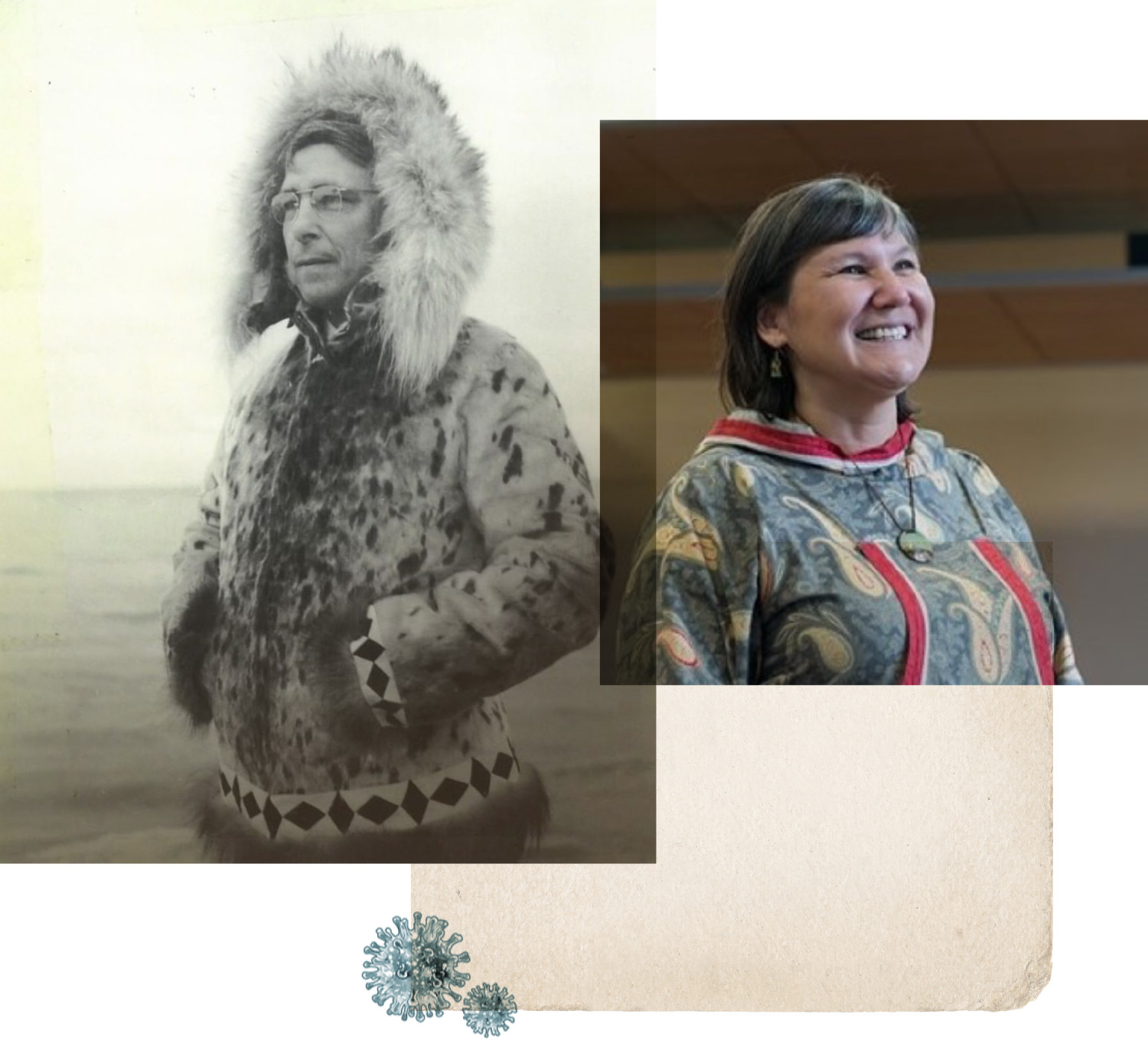
Davidson is well respected in Alaska and has served in high-profile positions including commissioner of the Alaska Department of Health and Social Services and Lieutenant Governor under Governor Bill Walker. Most recently she was named as Interim President for the Alaska Native Tribal Health Consortium.
With her background in health care, as an attorney, and as an educator, she was well-suited to lead the university as COVID-19 was changing nearly every aspect of our daily lives. Shortly before Davidson took on her new role as president, to mitigate the spread of illness the university moved many of their classes online.
want to write about a decision just handed down from the District of Columbia’s U.S. Court of Appeals concerning the case Confederated Tribes of the Chehalis Reservation v. Mnuchin. This decision, if upheld, has the potential to disrupt decades of Congressional precedent and completely upend the function of our Alaska Native Corporations (ANCs).
Handed down in September, the opinion of Judge Katsas holds that per definitional language within the Indian Self-Determination and Education Assistance Act of 1975 (ISDA), Alaska Native Corporations are not eligible for the historic $8 billion stimulus funding provided in the CARES Act. Instead, the holding dictates that Alaska Native Corporations will need Tribal consent in order to receive federal funding. In essence, the holding requires an additional layer of bureaucracy be applied to ensure ANCs have access to federal funding intended to support our Alaska Native communities in need. The holding is also not narrowly tailored, meaning that this requirement will be applied to all other future funding measures unless Congress or the Supreme Court intervenes.

Please bear with me as I work out the complex reality of what it is like to live and love in an era of blood quantum. I have started and restarted this post many times now, thinking that I should pick a different subject to write on this week. However, despite the turbulent and abundant emotions that are present when discussing and analyzing colonial systems, such as blood quantum, I do believe this is a beneficial conversation to have with our Indigenous relatives and non-Indigenous friends. I want this blog to be an honest representation of the emotions that I have had and will likely continue to experience on my First Alaskans Institute fellowship journey.



national spotlight

For our people, there is a familiar pattern of Indigenous culture being appropriated by outsiders, for example, by slapping designs from Native art onto their products. Although some may believe they are honoring or paying homage to our culture, Indigenous artists may feel used and looked over when their art is co-opted by large brands to promote an agenda or make promises that aren’t kept.
But, pause with me for a moment. It can be easy to focus on the bad actors and miss signs of progress. And when it comes to a constellation of young Alaska Native artists getting their work out into the world on their own terms, I’ve observed a trend-line moving in the right direction.

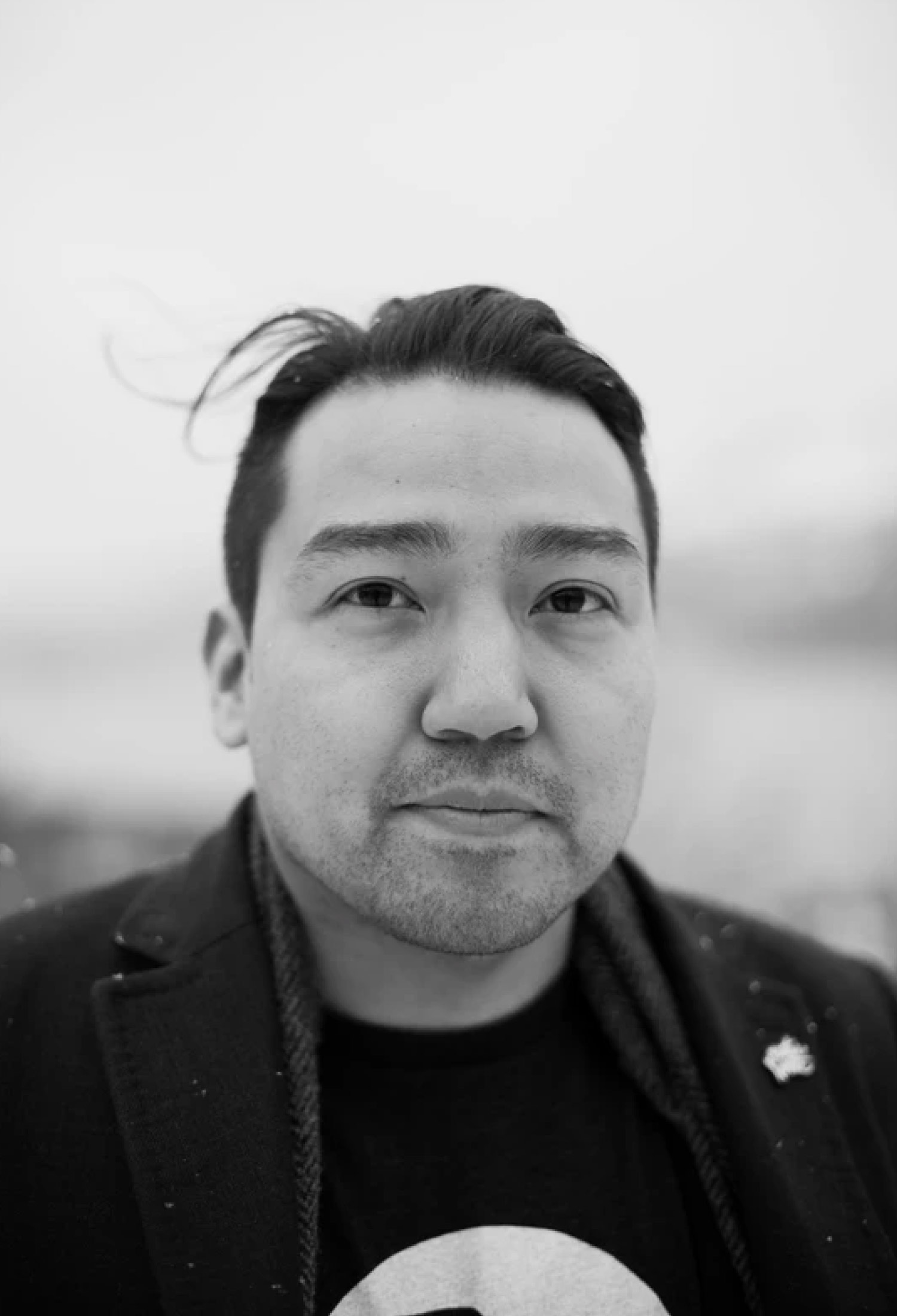

For our people, there is a familiar pattern of Indigenous culture being appropriated by outsiders, for example, by slapping designs from Native art onto their products. Although some may believe they are honoring or paying homage to our culture, Indigenous artists may feel used and looked over when their art is co-opted by large brands to promote an agenda or make promises that aren’t kept.
But, pause with me for a moment. It can be easy to focus on the bad actors and miss signs of progress. And when it comes to a constellation of young Alaska Native artists getting their work out into the world on their own terms, I’ve observed a trend-line moving in the right direction.
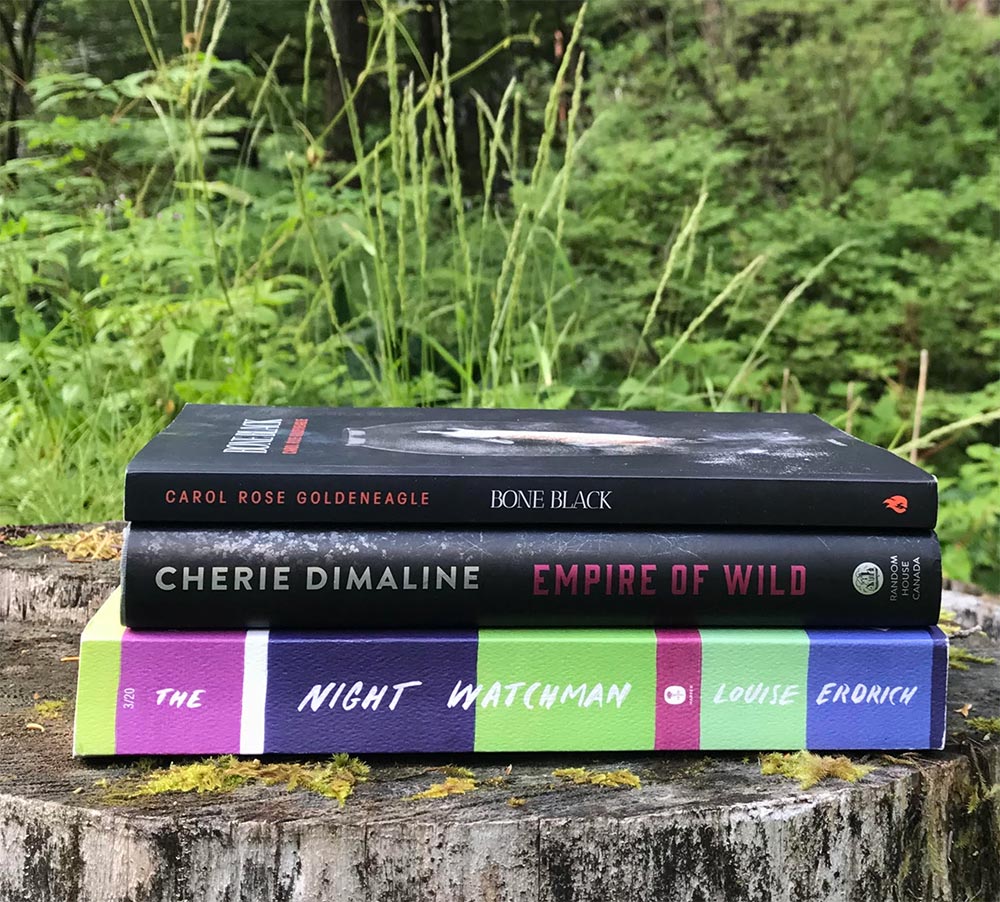
by Cherie Dimaline
One of the things I took from the story, even though it was never directly confronted and dealt with, was the discourse on pipelines and how they effect Indigenous communities. This also played into the exploits of the traveling Christian missionary as they sought to colonize Indigenous peoples’ lands. It’s something that continuously came up and encircled the characters’ lives. I also appreciated the opportunity to learn, through storytelling, some of the traditional beliefs and stories of the Métis people.
The characters and their relationships to each other stood out for me. They were all so wonderfully complex and layered. The family dynamics were excellent (particularly Joan and her nephew Zeus), the women were unapologetic in their sexuality and there was respect for their Elders and Indigenous knowledge. If you’re looking for a little bit of horror that shines a light on colonization and Indigenous ways of being, I highly recommend Empire of Wild.
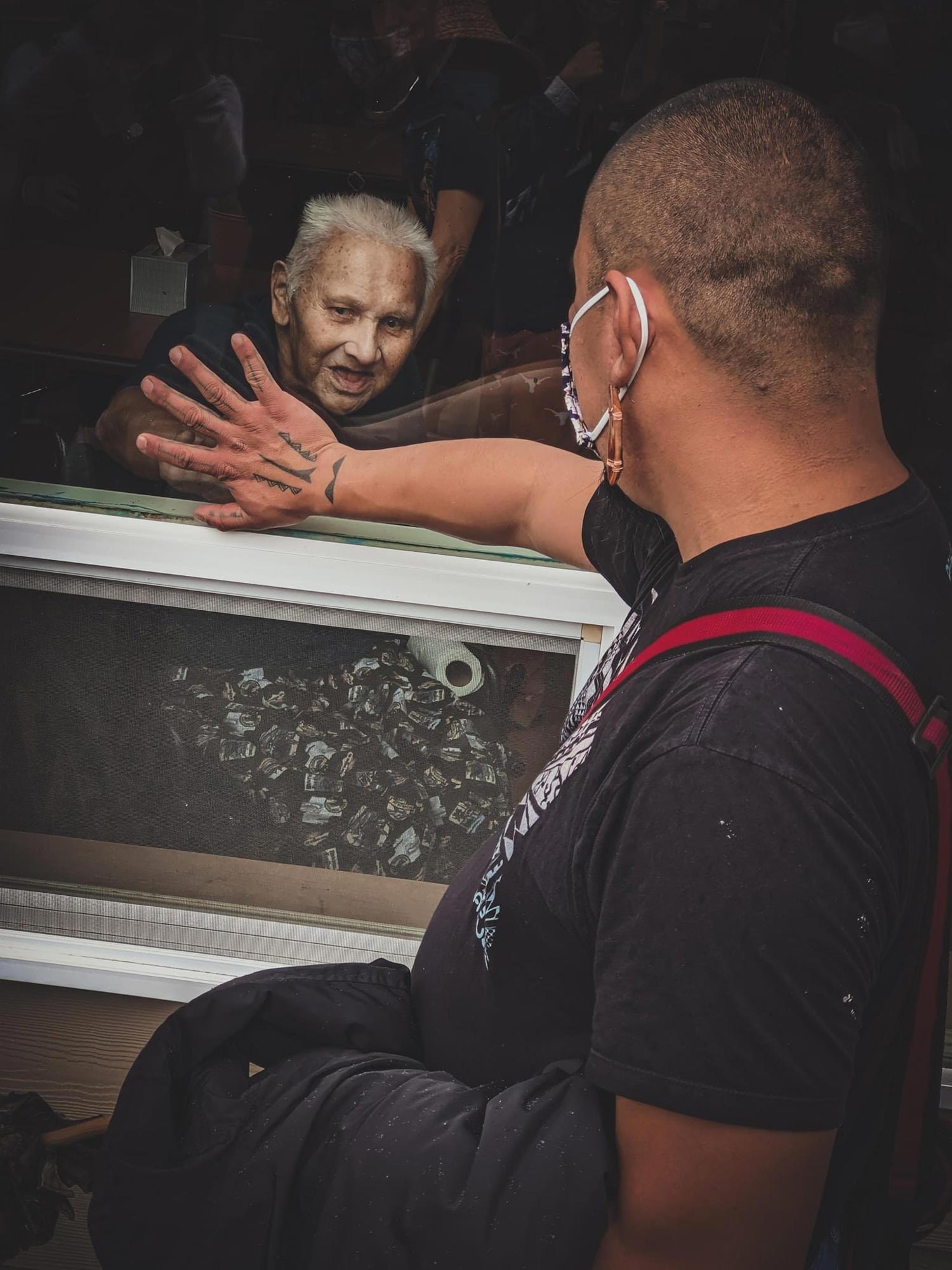
Our Elders are so precious to us, this photo speaks to our hearts about both the need for their protection, the isolation we all feel for each other as we work together to survive this pandemic, and the love we have for our Elders. Cherishing them is a gift we give to our future generations. Keep wearing your masks, staying six feet apart, washing your hands, and getting vaccinated if you can. We need every one of you. Be well!

Chairman
Sam Kito, Jr. (Tlingit)
Vice Chairman
Valerie Davidson (Yup’ik)
Secretary/Treasurer
Sven Haakanson, Jr. (Sugpiaq)
Albert Kookesh (Tlingit)
Sylvia Lange (Aleut/Tlingit)
Oliver Leavitt (Iñupiaq)
Georgianna Lincoln (Athabascan)
Morris Thompson (Athabascan)
In Memoriam
To the family of Byron I. Mallott, we extend our love and condolences to you.
(Haida/Tlingit/Ahtna)
Alaska Native Policy Center Director
Karla Gatgyedm Hana’ax Booth (Ts’msyen)
Indigenous Leadership Continuum Director
Melissa Silugngataanit’sqaq Borton (Sugpiaq), Indigenous Advancement Director
Eliabeth Uyuruciaq David (Yup’ik)
Financial Director
Angela Łot’oydaatlno Gonzalez
(Koyukon Athabascan)
Indigenous Communications Manager
Indigenous Knowledge Advocate
Colin Tass’aq McDonald (Yup’ik)
Indigenous Advancement Manager
Elizabeth La quen naáy / Kat Saas
Medicine Crow (Tlingit/Haida)
President/CEO
Ayyu Qassataq (Iñupiaq)
Vice President
& Indigenous Operatons Director


Anchorage, AK 99501
advertising@firstalaskans.org
First Alaskans Magazine is published by
First Alaskans Institute. © 2021.
(Tlingit/Dena’ina Athabascan)
Penny Gage (Tlingit),
Naruyaq’ Delaney Thiele (Yup’ik/Dena’ina),
Samuel Hiratsuka (Unangax/Winnemem Wintu/Navajo),
Richard Perry (Yup’ik/Athabascan),
Uinita Mauigoa (Native Hawaiian),
Peter Williams (Yup’ik)

